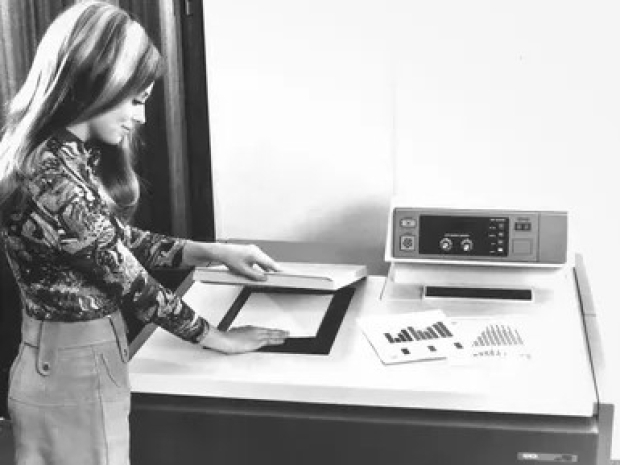The deal, which includes net debt and liabilities, marks another desperate lurch in the firm’s so-called “strategic transformation”.
Chief executive Steve Bandrowczak reckons the deal will reboot Xerox's fortunes.
“We've long admired Lexmark’s strong print and managed print services reputation, robust client and partner base, and global presence. Over the years, we’ve built a collaborative partnership, and today, we take our business to the next level,” he said.
Lexmark president and chief executive Allen Waugerman, who’s bailing out post-acquisition, called it “a pivotal moment.” “
“Leading Lexmark has been an incredible opportunity, and I look forward to the accomplishments that lie ahead,” he said.
Bandrowczak will stay in charge of the newly stitched-together outfit, dragging in a mixed bag of Xerox and Lexmark bods to run things. The new hybrid beast claims to serve more than 200,000 clients in more than 170 countries and operate 125 manufacturing and distribution facilities across 16 of them.
The move supposedly catapults Xerox into the top five in every print market sector, at least according to Bandrowczak, who said, “With the acquisition of Lexmark, Xerox now stands among the top five in every major print segment and is the market leader in managed print services.”
He claims the merger will “improve our mix of revenue from growing markets and further enable long-term growth in adjusted operating profit through structural simplification.”
To pay for the merger, Xerox scraped together a mix of cash and borrowed money. It still claims the deal will boost 2025 adjusted earnings and free cash flow while trimming gross debt.
About $240 million in “cost synergies” are expected to generate more than $1 a share in extra earnings within two years.

